




In the manufacturing of modern electronic and electro-mechanical devices, unexpected failures such as Charging Overheat and Joint Leakage can greatly reduce product reliability and shorten service life. Although these two issues appear to belong to different system domains—thermal management versus sealing integrity—they are in fact closely interrelated. For OEM and ODM manufacturers, understanding this hidden connection is critical to preventing costly after-sales failures and maintaining customer satisfaction.
Charging Overheat occurs when a device’s battery or charging circuit generates excessive heat during the charging process. This heat can be the result of design inefficiencies, poor component quality, or misuse by the end-user—such as charging in a high-temperature environment or using incompatible chargers.
Excessive heat during charging not only threatens battery safety but also impacts surrounding structural components, especially plastic joints, seals, and adhesives that are sensitive to temperature rise.
Joint Leakage refers to the loss of sealing effectiveness at the device’s assembly seams, gaskets, or bonded areas. Leakage points often allow moisture, dust, or other contaminants to enter the device interior, potentially damaging sensitive electronics or reducing mechanical performance.
For devices like electric toothbrushes, grooming appliances, or medical instruments, maintaining watertight or airtight joints is essential to meeting IPX waterproofing standards and ensuring long-term durability.
The thermal energy produced during Charging Overheat can directly or indirectly cause Joint Leakage through several mechanisms:
Thus, Charging Overheat is not only a thermal management concern—it also directly impacts the mechanical sealing reliability of the entire device.Company web: https://www.powsmart.com/product/electric-toothbrush/
Certain design, material, and usage factors can increase the likelihood that Charging Overheat will result in Joint Leakage:
To reduce the chance that Charging Overheat will cause Joint Leakage, B2B manufacturers should implement several key design and production strategies:
For OEM and ODM manufacturers, the hidden relationship between Charging Overheat and Joint Leakage represents a crucial risk that cannot be ignored. A failure to properly control charging temperatures or seal design can lead to customer complaints, warranty claims, and even safety hazards such as moisture ingress or electrical failure.
By adopting a comprehensive approach that integrates thermal management with mechanical design, manufacturers can ensure their products remain durable, safe, and competitive—even in demanding environments. In today’s precision-driven market, recognizing and addressing this connection is essential for success. Contact us

.jpg)
.jpg)
sonic electric toothbrush Mesa

Multi-Function Electric Toothbrush Benefits for Family Oral Care
.jpg)
Does Post-Surgery Oral Care Brush Aggravate Gum Recession?

Powsmart: Leading Smart Electric Toothbrush Manufacturer & Supplier
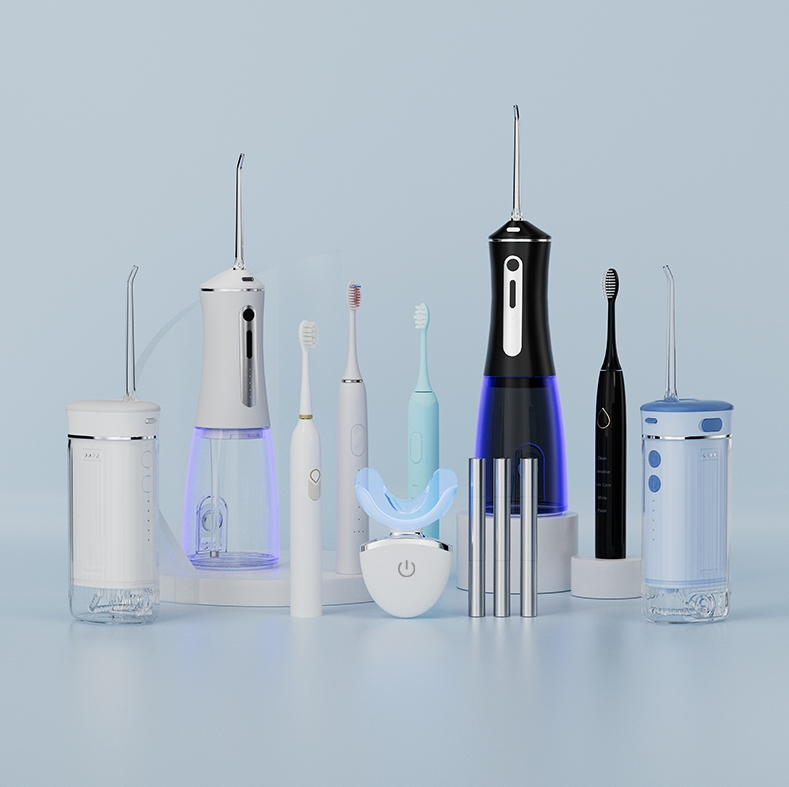
Does Black Electric Toothbrush ODM Face Handle Corrosion?
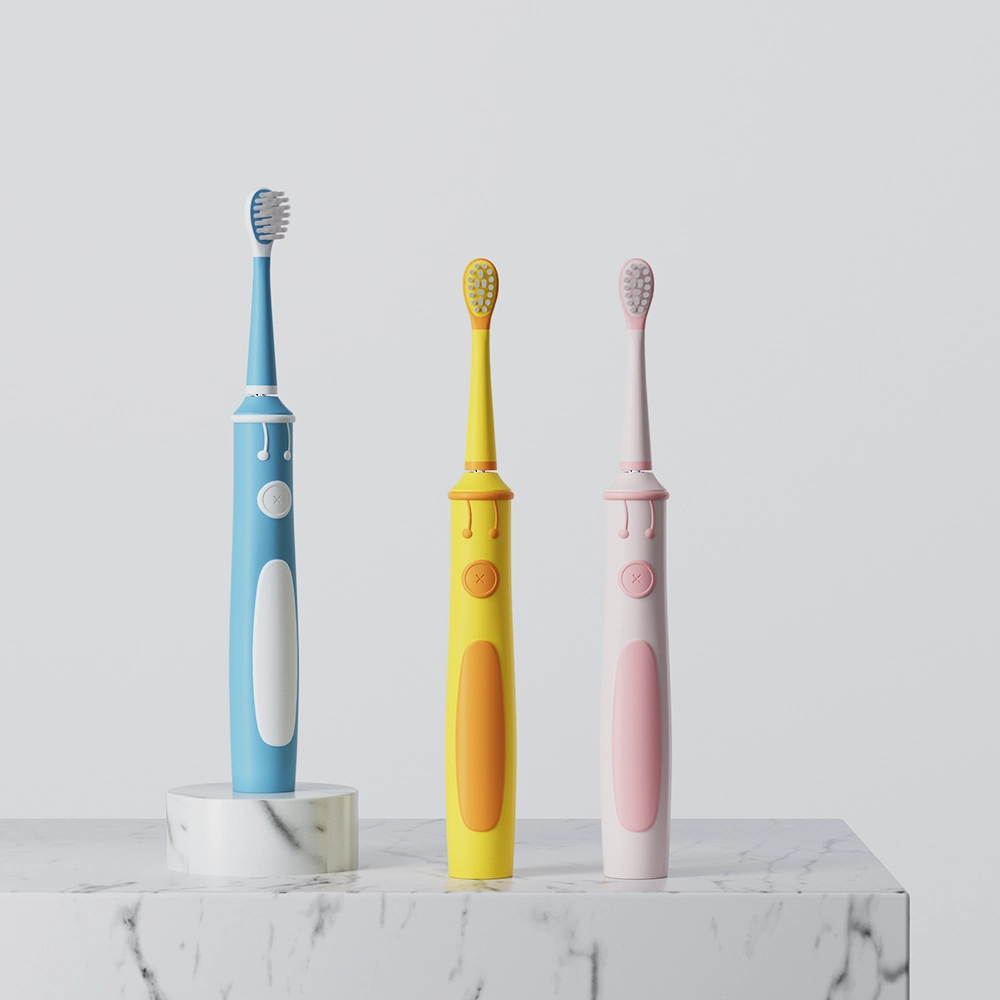
Does Children’s Cavity Prevention Brush Have App Connectivity Flaws?
.jpg)
Is POWSMART Rotating Oscillating Toothbrush’s Water Pressure Instability?

Does Magnetic Levitation Toothbrush Experience Brush Shedding?
.jpg)
Children Sonic Electric toothbrush
Product series: Children Product color: white, pink, green (can customize other colors) Product features: Brush head: food-grade ABS material, safe and healthy; German PEDEX color-changing bristles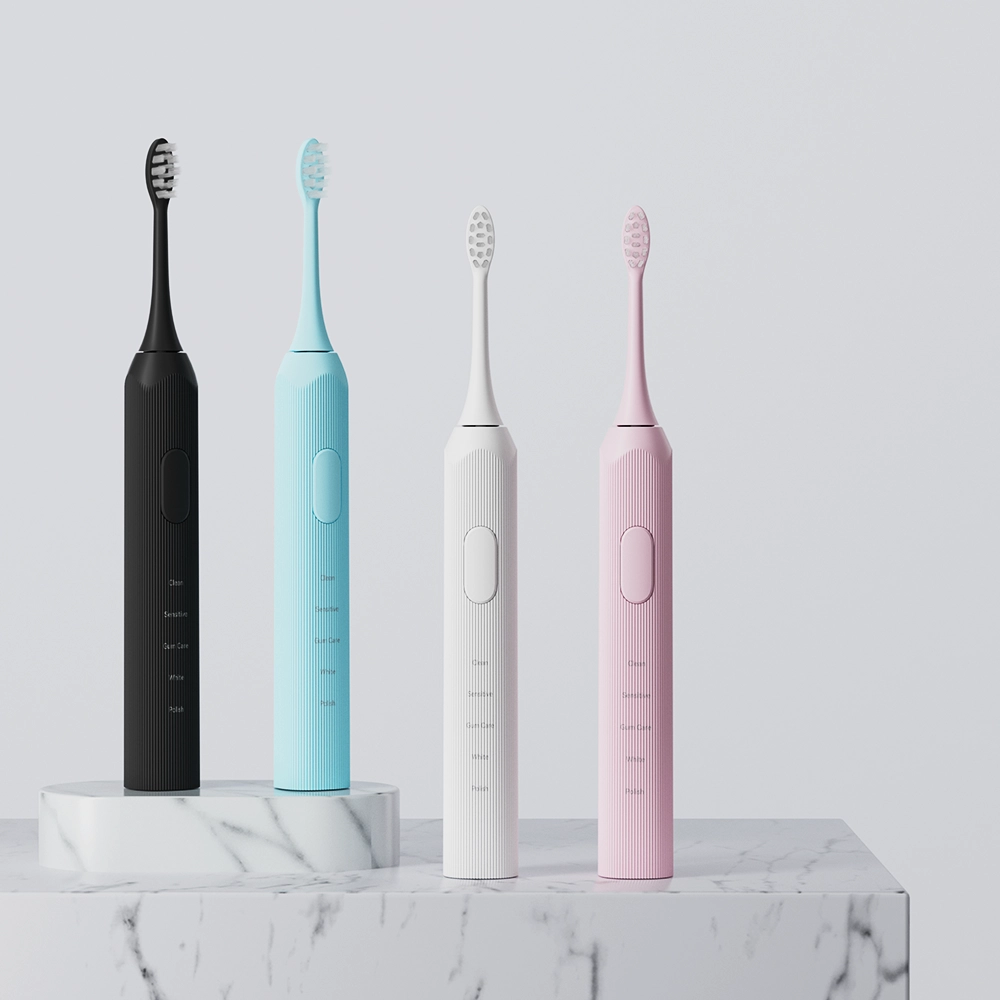
Powered Sonic Electric Toothbrush Anti-slip
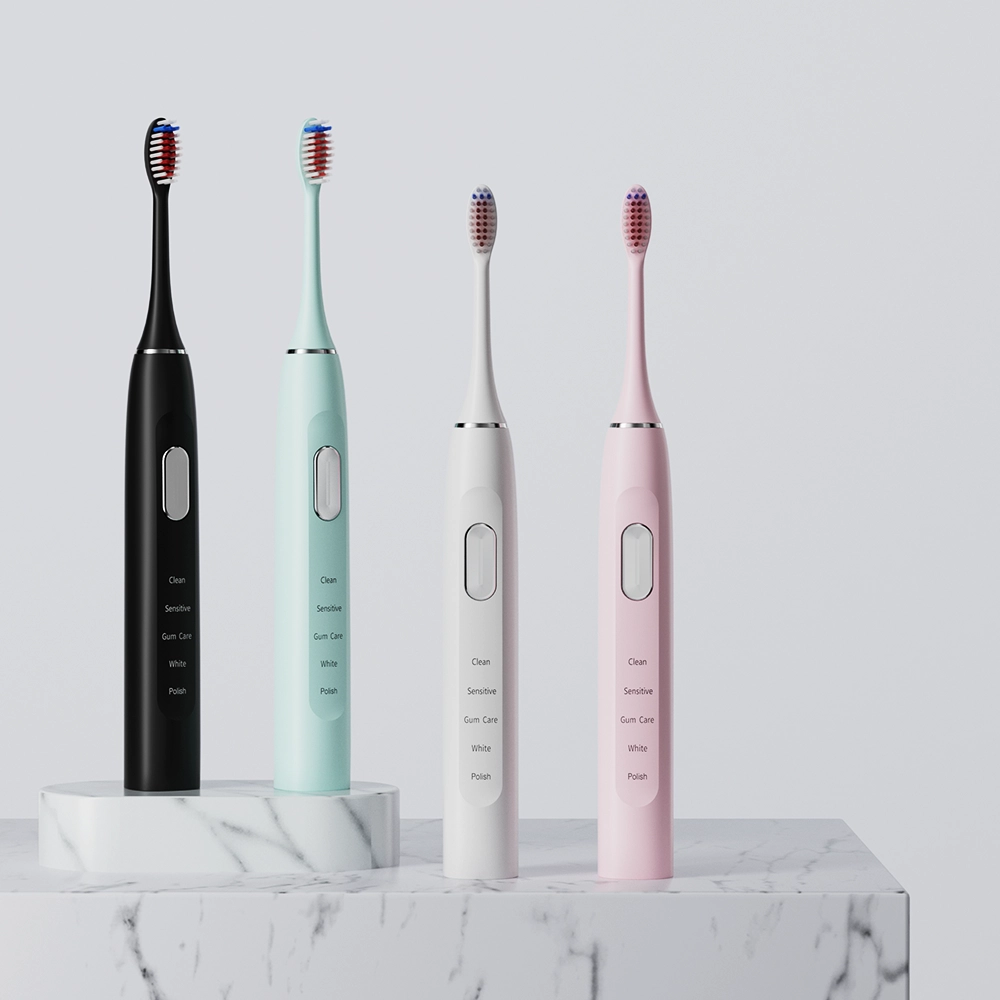
Ultrasonic Electric Toothbrush Custom Logo
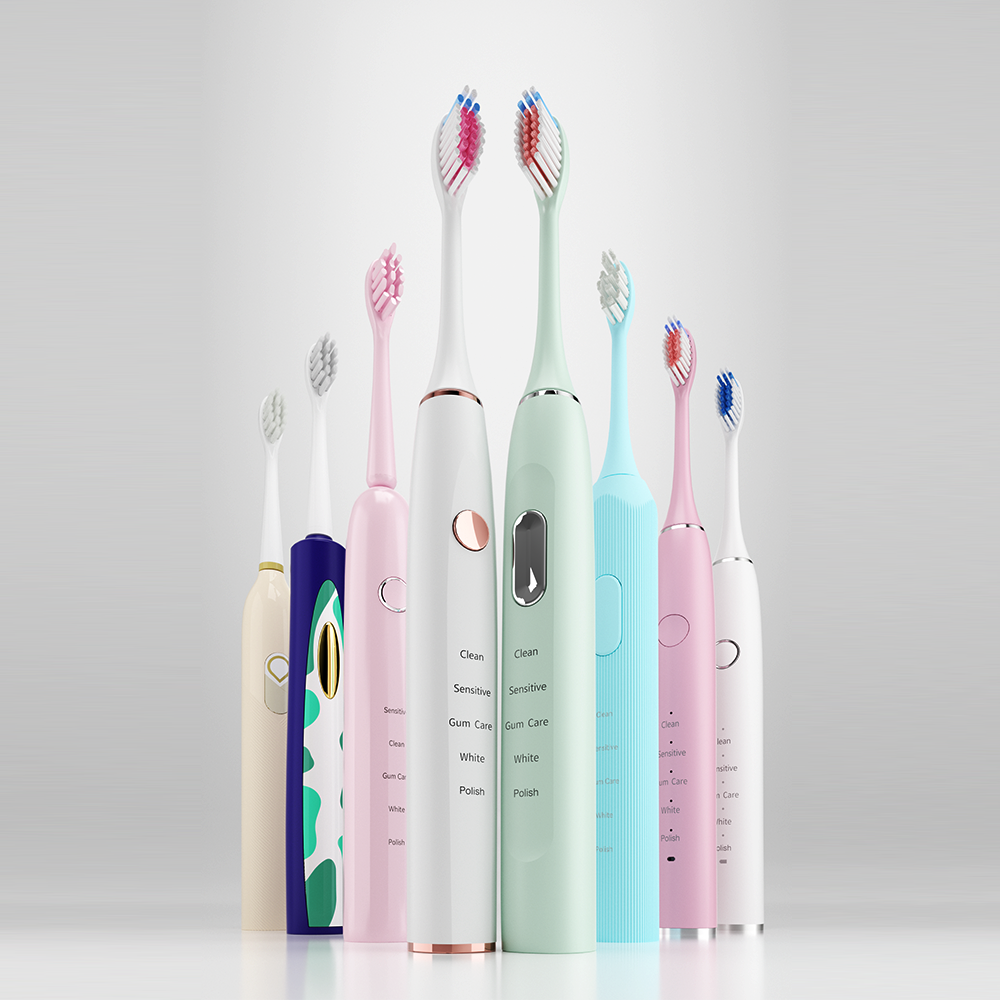
Wave Vibrating Sonic Toothbrush Available for OEM ODM

LED Sonic Electric Toothbrush Available for Customization
.jpg)
Children Powered Toothbrush Customizable
-1-scaled.png)
Customizable Teeth Whitening LED Light
.jpg)
Sonic Toothbrush Smart Timer Private Label

electric toothbrush heads Deep Clean
Regular Soft Bristles 6mil (0.152mm)Dupont Tynex Brilliance Bristles Conveys sonic vibration effectively 80% End-rounded rate Clean while doesn’t damage enamel Color Reminder Pedex Reminder.jpg)
Accept OEM Electric Toothbrush Bulk Supplier
.jpg)
Oral Irrigator UVC Portable OEM Available
Specification Model Name: PTR-X3 Material: PC, ABS Battery type: 1100 mAh lithium battery Rated voltage: DC 3.7V Fully Charged: ≤6H Product Size:221x64x45mm Waterproof: IPX8 Frequency: 1800.jpg)
Private Label Water Flosser With UVC Sterilization
Specification Model Name: PTR-X6 Material: PC, ABS Battery type: 2000 mAh lithium battery Rated voltage: DC 3.7V Fully Charged: ≤6H Product Size:76.5x71.5x290mm Waterproof: IPX7 Frequency: 1.jpg)
Customized Powered Smart Toothbrush Three Modes
.jpg)
Wholesale Smart Sonic Electric Toothbrush
.jpg)
Travel Size UVC Oral Irrigator OEM Available
Specification Model Name: PTR-X3 Material: PC, ABS Battery type: 1100 mAh lithium battery Rated voltage: DC 3.7V Fully Charged: ≤6H Product Size:221x64x45mm Waterproof: IPX8 Frequency: 1800.jpg)
Sonic Electric Toothbrush Customizable High Quality
.jpg)
Electric Toothbrush Customized Logo Rechargeable USB-C
1-scaled.jpg)
Red & Blue Light Teeth Whitening Device Custom LOGO
-2-scaled.png)
Private Label Teeth Whitening Accelerating Light
.jpg)
Florida Electric Toothbrush – Powsmart PTR-C8
Customer satisfaction
We prioritize customers' satisfaction by providing exceptional service and support.
sincerity
We are committed to upholding the highest ethical standards in all aspects of our business.

.jpg)
A sonic toothbrush is an advanced type of electric toothbrush that uses high-frequency vibrations to clean teeth.
.jpg)
A smart toothbrush is an electric toothbrush that connects to a smartphone app via Bluetooth.
.jpg)
Electric toothbrushes remove plaque more effectively than manual brushes, promoting better oral health.
Your professional source for private label electric toothbrushes
Your Vision, Engineered by Our Professional R&D. From concept to cutting-edge electric toothbrush.
Perfect Your Electric Toothbrush with Our Precision Sample Development. Let's align vision and reality, sample by sample.
Streamline your supply chain with our high-volume electric toothbrush manufacturing.
Wholesale electric toothbrushes of all types—for every market, every customer.
Our fast worldwide delivery gets your electric toothbrushes to shelves faster.
Our electric toothbrushes are manufactured under advanced ISO9001 & medical-grade ISO13485 standards.
Your most cost-effective electric toothbrush source—quality assured.
If a product is hot, there is a good chance Relish already has it in stock, just waiting for your label.
Get a Sample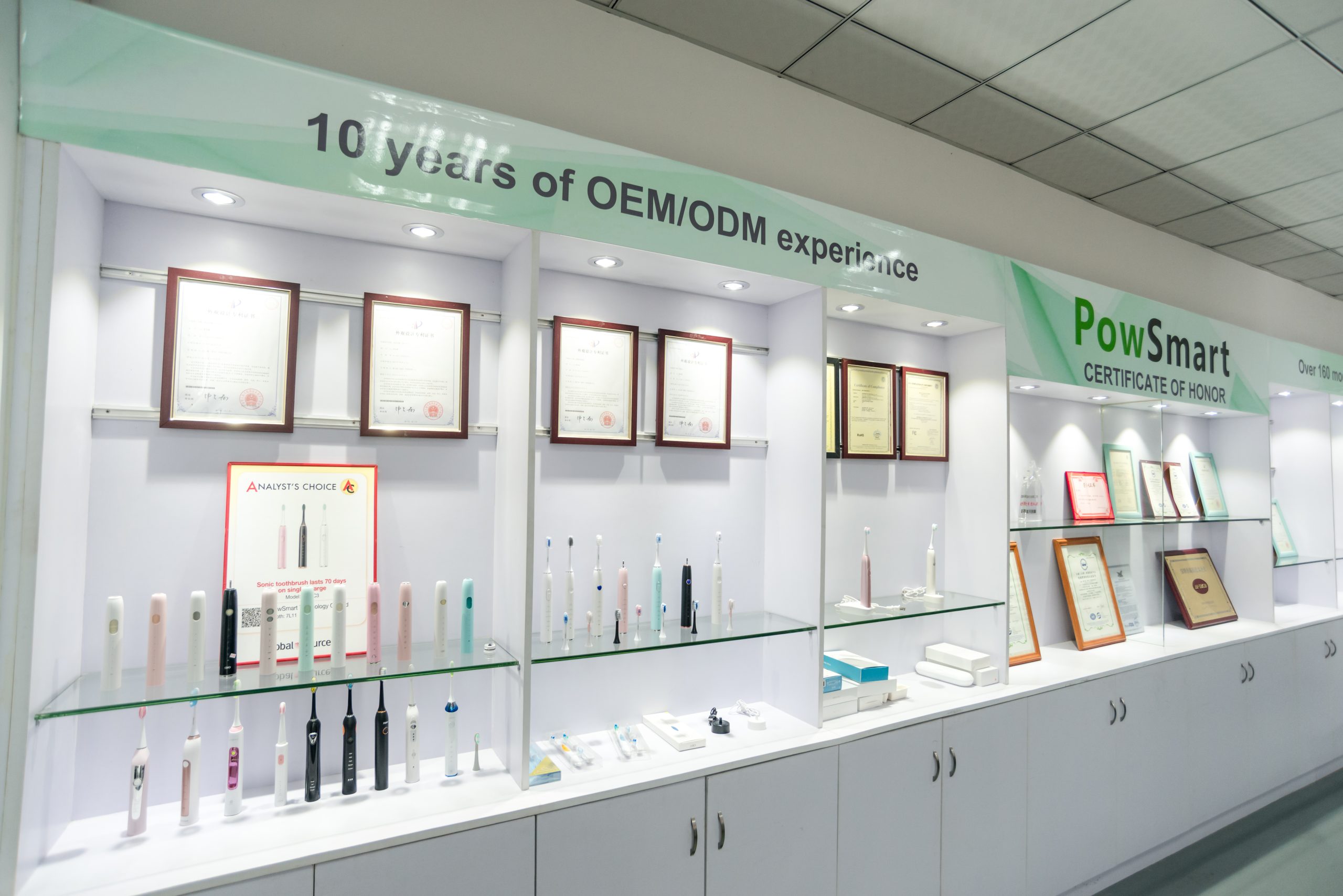
We arexporting our products globally from which the most well-known partners are Walmart, BestBuy, Honeywell, Target, Haier and Xiaomi.
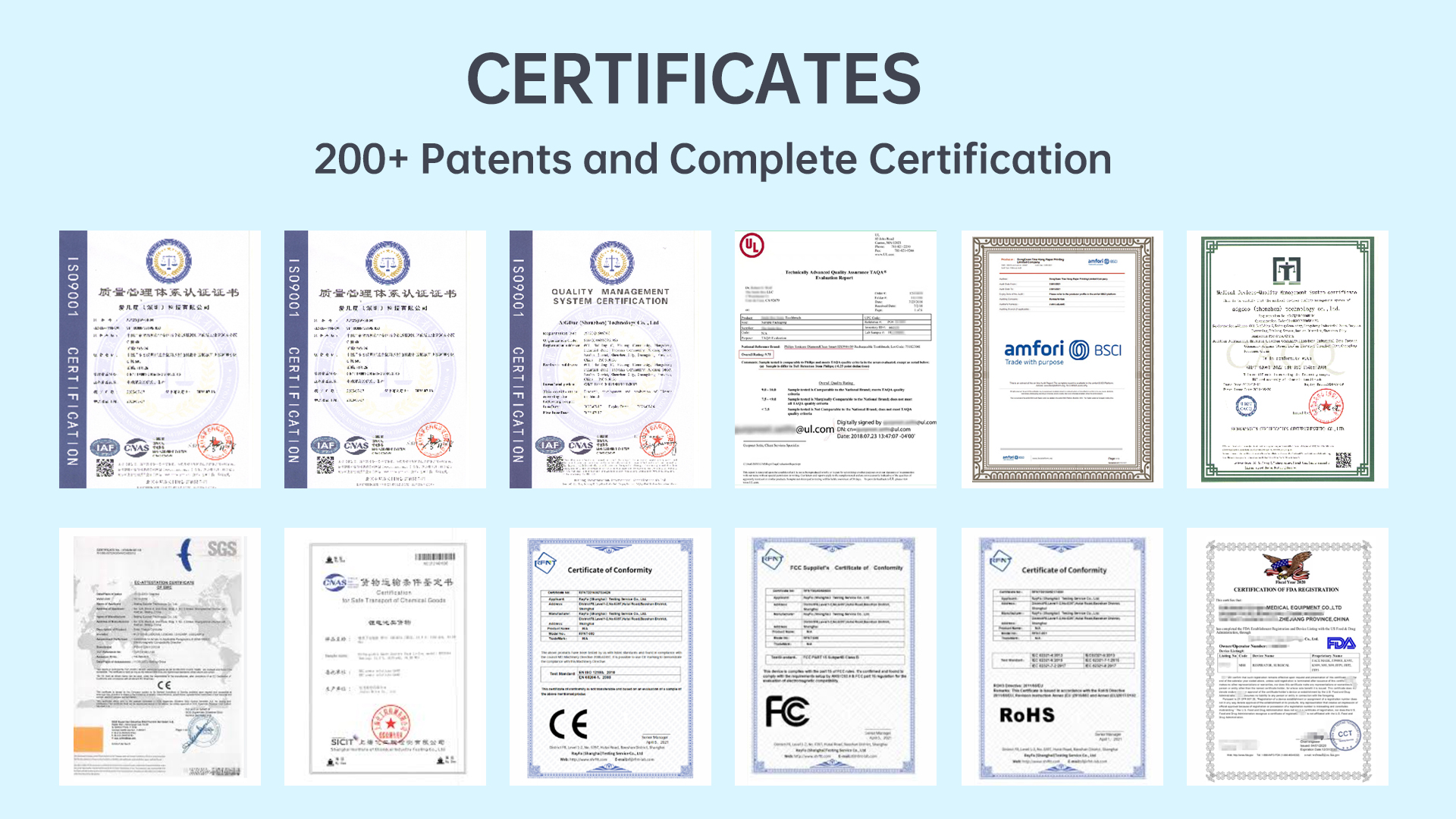
Relish is ISO9001, ISO13485, BSCI certified, and FDA registered, with lots of certifications such as CE, CB, ROHS, CETL, FCC, PSE, SGS, ERP, LFGB, and Reach etc.